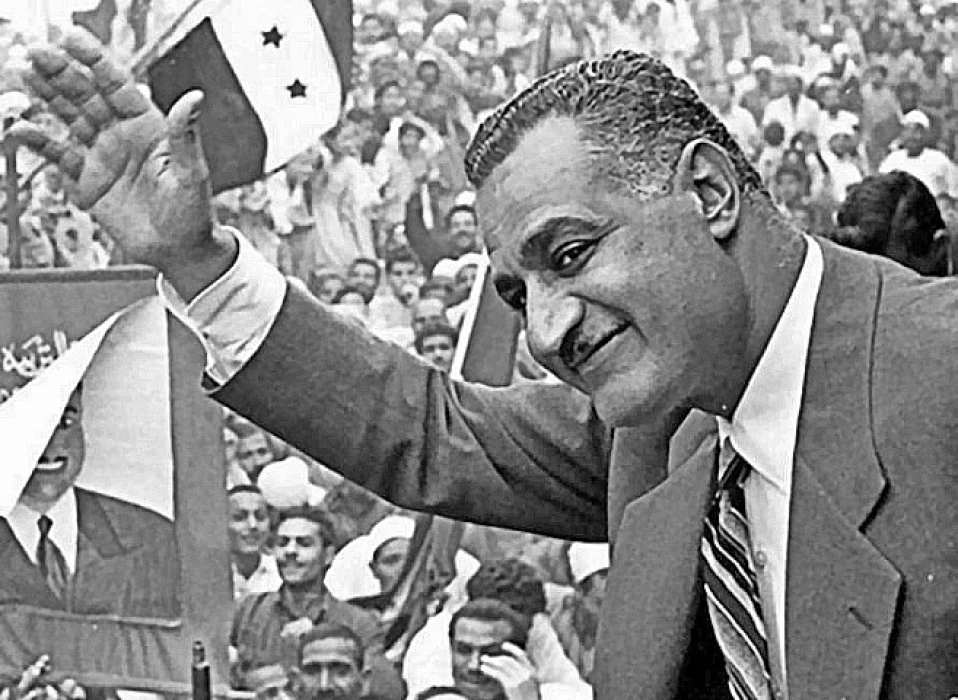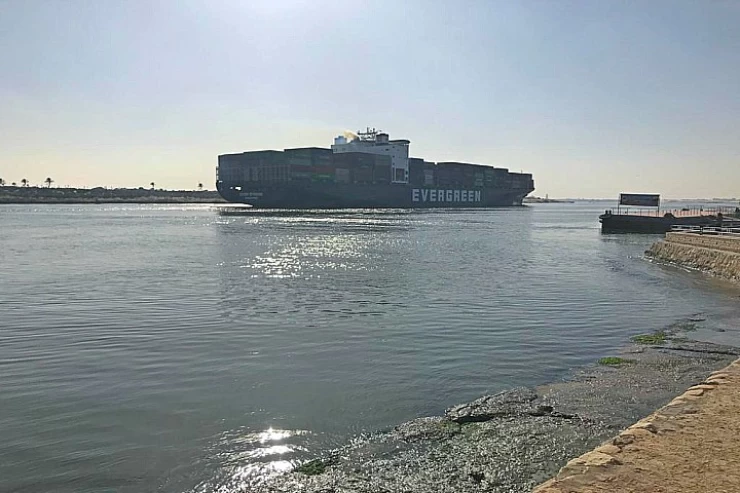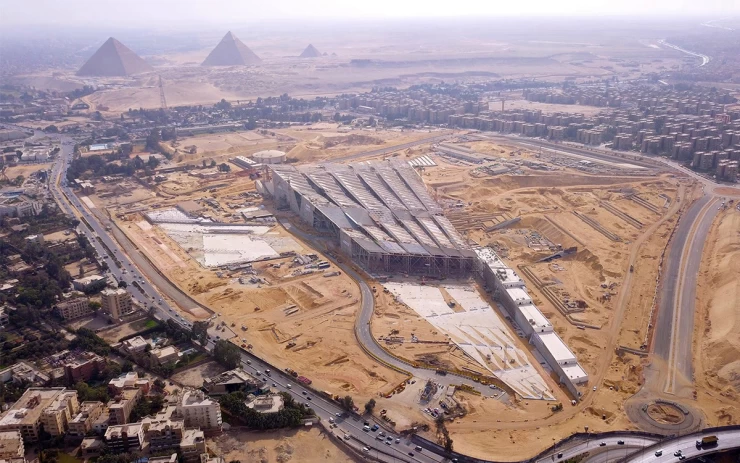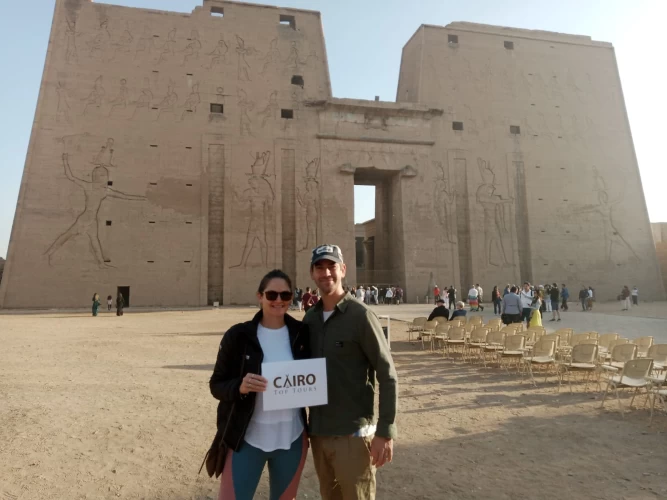
Gamal Abdel Nasser's Biography
Gamal Abdel Nasser's Biography
He was president of Egypt for nearly fourteen years, 1956-1970 marking a total of three successive terms. Born on the 15th of January 1918 in Cairo, Nasser was the main figure in the revolution of 23 July 1952 that deposed King Farouk and the monarchy paving way for a new system of governance in the history of Egypt. He was a pro-Arabist and anti-colonialist who supported the Arab revolutions in Algeria, Libya, Iraq and Yemen, and was instrumental in the establishment of the Palestine Liberation Organisation in 1964 and the Non-Aligned Movement.
He served as prime minister ten times. His father worked as an agent at the Bacchus Post Office in Alexandria and married Fahima, the daughter of Mohammed Hammad, a well-known coal merchant in Alexandria. No sooner was he eight years old than his mother died on 2 April 1926 while giving birth to her fourth child, ‘Shawki’.
His uncle ‘Khalil’, who works as a Waqf employee in Cairo, had been married for some time, but had no children, and he found in his nephews his missing fatherhood and his constant longing for children; he took them with him to Cairo to live with him where he provided them with care and stability after their mother's death.
When Gamal obtained his high school diploma from the Egyptian Renaissance School in Cairo in 1937, he was eager to study law, but he soon decided to enter the Military College, after spending a few months studying law. He entered the Military College, and the college's students did not exceed 90 students. After graduating from the Military Academy in 1938, he joined the third battalion of rifles, and was transferred to Mangabad in Assiut, where he met Anwar Sadat and Zakaria Mohyeldin.
In 1939, he was transferred to Alexandria, where he met Abdel Hakim Amer, who had graduated in the next batch of the Military Academy, and in 1942 he was transferred to Al-Alamein camp, and was soon transferred to Sudan along with Amer. ىWhen he returned from Sudan, he was appointed as an instructor at the Military Academy and enrolled in the Military Staff College; during his studies he met his colleagues with whom he founded the ‘Free Officers’ Organisation’.
In the summer of 1949, the idea of establishing a secret revolutionary organisation in the army matured, and a founding committee was formed, which initially included only five members, namely: Gamal Abdel Nasser, Kamal al-Din Hussein, Hassan Ibrahim, Khaled Mohi al-Din, and Abdel Moneim Abdel Raouf: Anwar Sadat, Abdel Hakim Amer, Abdel Latif Baghdadi, Zakaria Mohieddine and Gamal Salem. Tharwat Okasha, Ali Sabry and Youssef Youssef: Tharwat Okasha, Ali Sabry and Youssef Mansour Siddiq.
At that time, Gamal Abdel Nasser was appointed an instructor at the Military Staff College, and was awarded the rank of Bekbashi (Lieutenant Colonel), after he obtained the Military Staff Diploma in 1951 following his return from the Palestine War, and he and a group of his comrades were trapped in ‘Fallujah’ for more than four months, and the number of air raids on it during the siege reached 220 raids.
After the 23 July Revolution, Abdel Nasser was the de facto head of the Free Officers' Constituent Committee. A fierce power struggle ensued between him and Mohamed Naguib, which Nasser ended in his favour on 14 November 1954, after he arrested Mohamed Naguib, confined him to his home in a humiliating manner, and unilaterally seized power. He was able to conclude an agreement with Britain to evacuate its forces from Egypt on 19 October 1954, after agreeing to give up the unity of Egypt and Sudan.
Latest Articles
Admin
Aswan Governerate in Egypt
Aswan was known as ‘Sonu’ in ancient Egyptian times, meaning market, as it was a trading centre for caravans coming to and from Nubia. In the Ptolemaic era, it was called ‘Sin’ and the Nubians called it ‘Yaba Swan’. It was also known as the Land of Gold because it served as a great treasure or tomb for the kings of Nubia who lived there for thousands of years. Before the migration, Aswan's borders extended from Asna in the east to the border of Sudan in the south, and its inhabitants were Nubians, but after the Islamic conquest of Nubia, some Arab tribes settled there.
Admin
About Luxor Governorate in Egypt
The South Upper Egyptian area is home to the Egyptian governorate of Luxor. Its capital is Luxor, which was formerly Thebes, the capital of Egypt throughout multiple pharaonic eras. Its centers and cities are spread over both sides of the Nile River. The said governorate was established by Presidential Decree No. 378 of 2009, which was promulgated on the 9th of December of that year.
Admin
History of kafr El Sheikh Governorate
Kafr El Sheikh Governorate, located in the far north of Egypt in the Nile Delta, overlooking the Mediterranean Sea, is characterised by the diversity of natural life and environments, and is one of the Egyptian cities that can be visited after the end of the first semester exams at universities and schools, as it features many diverse tourist and recreational places at symbolic prices within everyone's reach.
Admin
Egypt's New Administrative Capital
The New Administrative Capital is considered the project of the era because it reflects a perfect image of the future and progress on the economic, cultural, social and civilisational level, as the capital is considered the new capital of Egypt at the present time. The importance of the New Capital is that it is a comprehensive transformation of the future of buildings, services and national and mega projects in Egypt.
Admin
Al Gharbia Governorate
The Governorate of Gharbia is inclusive in the geographical area of The Arab Republic of Egypt which is in the African continent, more specifically in the region surrounding the Nile delta, between Damietta and Rashid governance. To the control of the region from the north is Kafr El-Sheikh Governorate, from the south Menoufia Governorate, from the east – Dakahlia, Qalyubia Governorates, and to the west is the Beheira Governorate.
Admin
Hamata Islands (Qulaan Archipelago) in Marsa Alam
Each reserve has several sectors. In Wadi El Gemal Reserve, there is one of the natural areas called the Hamata area or Hamata sector in Wadi El Gemal Reserve. Its sectors are the perfect and most ecological, land and water, and host countless animals and plants found in the oceans and on the land.
















